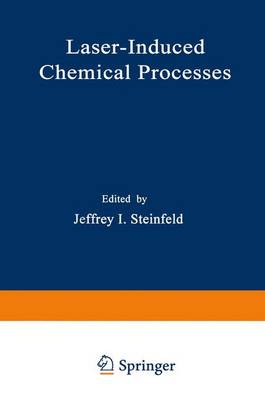The possibility of initiating chemical reactions by high-intensity laser exci- tation has captured the imagination of chemists and physicists as well as of industrial scientists and the scientifically informed public in general ever since the laser first became available. Initially, great hopes were held that laser-induced chemistry would revolutionize synthetic chemistry, making possible "bond-specific" or "mode-specific" reactions that were impos- sible to achieve under thermal equilibrium conditions. Indeed, some of the early work in this area, typically employing high-power continuous-wave sources, was interpreted in just this way. With further investigation, however, a more conservative picture has emerged, with the laser taking its place as one of a number of available methods for initiation of high-energy chemical transformations. Unlike a number of these methods, such as flash photolysis, shock tubes, and electron-beam radiolysis, the laser is capable of a high degree of spatial and molecular localization of deposited energy, which in turn is reflected in such applications as isotope enrichment or localized surface treatments.
The use of lasers to initiate chemical processes has led to the discovery of several distinctly new molecular phenomena, foremost among which is that of multiple-photon excitation and dissociation of polyatomic molecules. This research area has received the greatest attention thus far and forms the focus of the present volume.
- ISBN10 0306405873
- ISBN13 9780306405877
- Publish Date 28 February 1981
- Publish Status Active
- Publish Country NL
- Publisher Kluwer Academic Publishers Group
- Imprint Kluwer Academic / Plenum Publishers
- Format Hardcover
- Pages 288
- Language English
